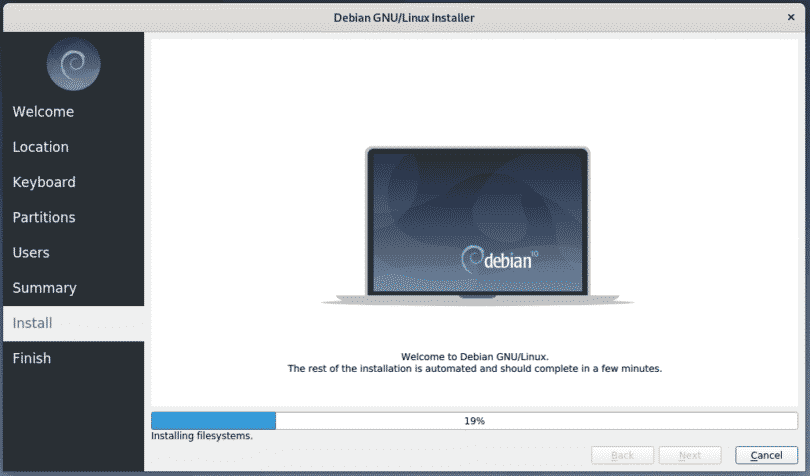
- #Debian install cmake how to
- #Debian install cmake generator
- #Debian install cmake update
- #Debian install cmake software
- #Debian install cmake download
Once you are done with inspection, execute the final command: $ sudo sh cmake-3.26.4-linux-x86_64. To check that you can use the following command: $ less cmake-3.26.4-linux-x86_64.sh

$ sudo sh cmake-3.26.4-linux-x86_64.sh -prefix=/usr/local/ -exclude-subdirīut before executing the above command, I suggest you get an overview of the shellscript so you can understand what each step does. Once the script file is downloaded, you can simply execute the next line of command to install CMake in the /usr/local/ directory by excluding the cmake-3.26.4-linux-x86_64 directory name. Here I’m downloading the latest release of CMake over the RC release using the wget command, as shown below: $ wget Ĭmake-3.26.4-linux-x86_64.sh 100% 46.09M 6.10MB/s in 7.9s
#Debian install cmake download
To get the latest version of CMake, you can visit their official web page or go to the release section on Github and download the new release that is available to you. Once you are done with the above command, let’s download the CMake Script file.
#Debian install cmake how to
To get the latest version of CMake, you can follow these steps, where I’ll show you how to get the latest release of CMake from the official website and install it on your system.īefore proceeding ahead, I will suggest you install the following package for a smooth experience: $ sudo apt install build-essential gcc libssl-dev Steps to Install CMake on Debian 10/11 From Source Pretty simple, right? Of course it is, but the only problem with this method is that you won’t find the latest version of CMake. If the version is displayed, your work is over, and you can now continue with the steps that threw the CMake command not found error. $ cmake -versionĬMake installed from the repository version
#Debian install cmake update
Now bring the terminal in front of your screen and execute the following commands in sequence: $ sudo apt update -yĪfter that, execute the below command to verify the installation. In which you just need to update your system repositories and run one line of command to install CMake.
#Debian install cmake software
One of the simplest and easiest ways to get CMake installed on your system is to use system repositories. CMake is used to control the software compilation process using simple platform and compiler independent configuration files. It is an essential tool for developers who.
#Debian install cmake generator
You can easily install a new one instead, either on the system level. CMake is an open-source build system generator that is used to manage the build process of software projects. Steps to Install CMake on Debian 10/11/12 From Repositories If you have a built in copy of CMake, it isnt special or customized for your system.

Via sshfs I can mount the remote target directories on the machine where I have already compiled, to avoid to scp around the build directory (which btw would not work because cmake discovers that the build directory has been relocated…).

So I would like to compile it only once, on one of these machines, and then install on all the others. I want to install the same version of root on multiple machines, exploiting the fact that all the machines are clones of the same Debian 9 installation, and are kept up-to-date centrally (or in any case I can make sure that they all have the required packages installed). Another option found is to directly call make install DESTDIR=/path/to/new/directory but there are also some warning related to this DESTDIR option of Makefiles. Since I have still the previous build dir, in principle I should not need to recompile everything from scratch… that is all the point about makefiles … isn’t?īut how should I specify the new target directory? From googling I learn that I can change the CMAKE_INSTALL_PREFIX but if I try: cmake -DCMAKE_INSTALL_PREFIX=/path/to/new/directory -build. Typically after a pull of master from origin or the selection of a different tag, I want to recompile root and install to a different directory. I would like to ask for the proper usage of cmake and git to recompile/reinstall root in the following two scenarios:


 0 kommentar(er)
0 kommentar(er)
